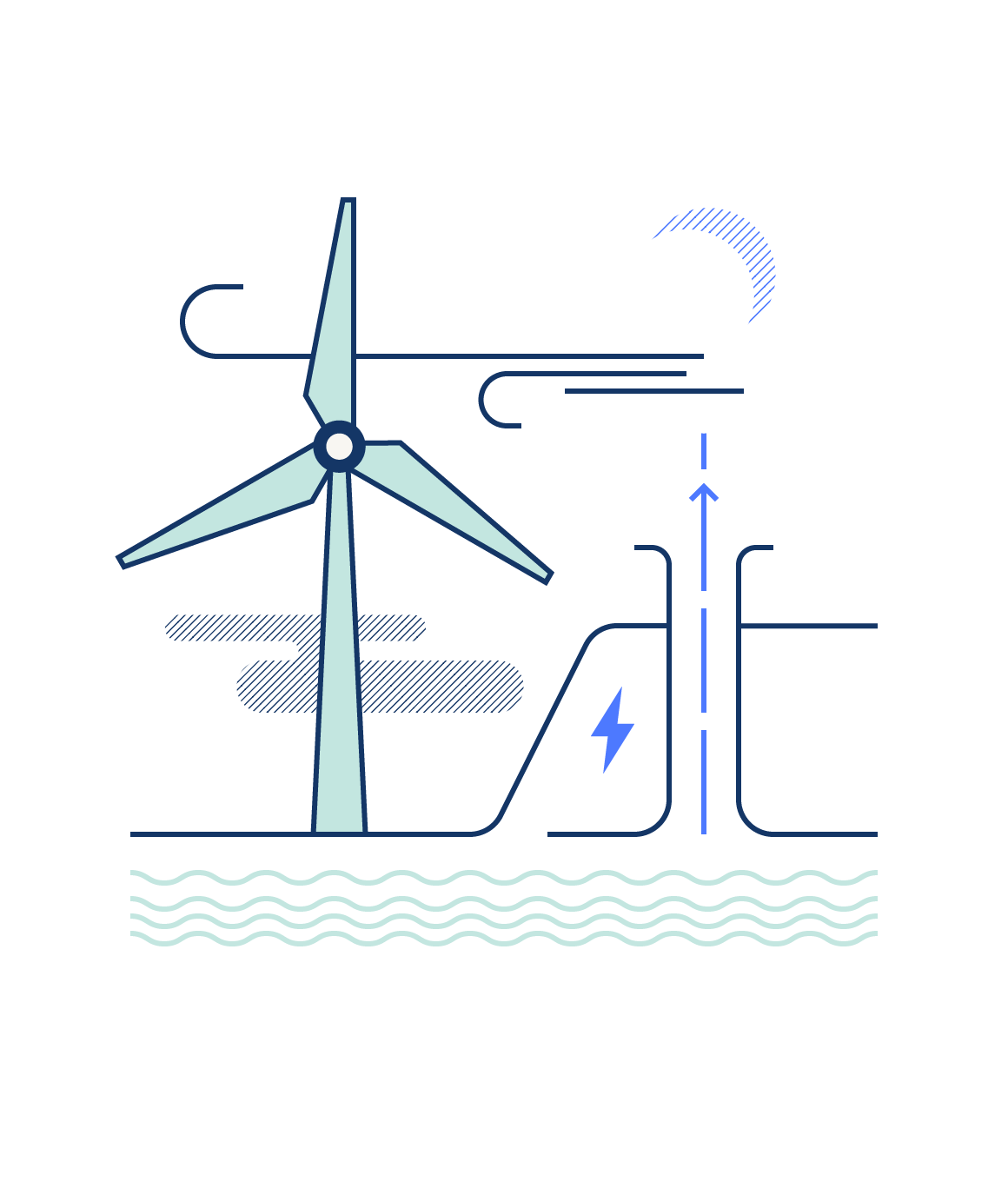In 2022, the share of renewable sources in California's power mix (including imports) increased to 35.8 percent, a rise of 2.2 percent. In 2021, the growth rate of RPS-eligible resources in the power mix was 1.5 percent.
California maintains a significant lead in renewables, with an average yearly growth rate of 1.8 percent from 2008 to 2022, compared to the rest of U.S. growth rate of 0.9 percent.
Solar and wind are the largest renewable sources, making up 17.0 percent and 10.8 percent, respectively, of the state’s total power mix.
In 2022, hydroelectric generation (both small and large hydro) within the state witnessed a substantial rise of 21 percent, surging to 17,612 GWh from its previous mark of 14,567 GWh in 2021. 2022 was considerably rainier than 2021.
In 2022, the electricity generation of Waste Heat and Petroleum Coke (which are considered “Other” and neither fossil fuels nor renewables) in California reached an unprecedented low, totaling just 315 GWh, the lowest recorded since 2001.
California now imports 29.2 percent of its electricity supply from neighboring markets (meaning 29.2 percent of California electricity power mix are imports) with about 59.3 percent of that coming from the Southwest and 40.7 percent from the Northwest.
Southwest imports of RPS-eligible renewables (as a percentage of total imports from the Southwest) reached 37.5 percent in 2022, the highest share since 2001, while Northwest imports of RPS-eligible renewables as percentage of total imports in Northwest decreased from 35.5 percent to 30.0 percent in 2022. Southwest imports have a higher concentration of renewables (37.5%) than Northwest imports (30.0%).
Electricity generation from RPS-eligible renewable sources and large hydroelectric accounted for 45.1 percent of the power mix, a slight increase from 2021’s 42.8 percent. The decrease in generation from fossil fuel sources was mostly made up by solar energy.
In 2022, California achieved a momentous milestone by adding only renewable energy (solar and wind) while simultaneously phasing out 35.8 megawatts of coal-generated power, per the California Energy Commission (CEC).
